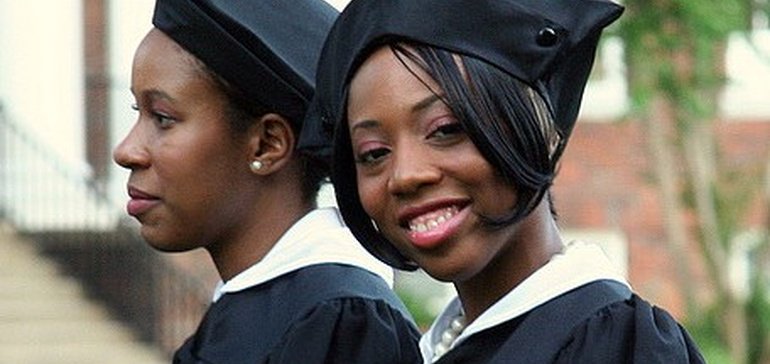By Autumn A. Arnett
Education Dive, July 28, 2017 —
Dive Brief:
- A perfect storm of fractured board-president relationships, abysmal alumni giving, budget cuts from state and federal governments and declining enrollment is plaguing all of higher education, but for historically black colleges and universities, which already struggle to come up from behind their majority-serving peers, the bubble may be poised to pop even sooner than some think.
- Jarrett Carter, who recently withdrew from consideration for executive director of the White House Initiative on HBCUs, wrote in a column Thursday [“About 50 HBCUs Will Survive the Next Decade. It’s Time to Start Investing in Them”] that the community as a whole would be better served to build capacity and strengthen 50 institutions, predicting more than half of the sector will close in the next decade.
- Reacting to what he sees as an unavoidable reality which will see at least four colleges close in the next few years, Carter cites extremely high presidential turnover in the sector, as well as a lack of public and private investment as writing on the wall which will lead to the sector’s collapse.

Photo by Flickr user Steven Depolo
Dive Insight:
There were 1,166 school closures between 1992-2012 — the most recent year for which data is available — and in 2015, Moody’s predicted the rate of closure would triple by 2017, so HBCUs are far from alone in facing increasing pressure from this confluence of negative factors. However, as alleged by plaintiffs in lawsuits in Maryland, Pennsylvania — which just concluded a scathing review of the state of higher education in the state, though no closures or mergers were recommended — and, most recently Florida, HBCUs carry the historical burden of discrimination which saw deliberately less funding funneled into these institutions even when money was more readily flowing into other institutions of higher education. And, not only that, but these institutions have historically admitted the highest numbers of students who were reliant on financial aid, which imposes other cash flow issues for the institutions.
As with all small liberal arts institutions — enrollment at even the sector’s largest institutions hovers around 10,000, and more than half of the institutions enroll fewer than 2,500 — there is much to be done for these colleges and universities to weather the storm facing the industry presently. Public institutions should prepare for the reality that public funding could soon hit zero and should expedite their revenue diversification efforts. Simultaneously, they should continue to make the case to legislators around the economic impact the institutions have on the region and the nation to try to garner public support by way of programs added and, though the outlook is bleak, an infusion of cash into the institutions.
As with the rest of higher ed, there needs to be a stronger emphasis on collaboration and a greater value placed on collaborating between institutions in the sector, rather than putting a premium on collaboration with big-name PWIs which often charge tens of thousands of dollars to claim affiliation — not unlike the fees institutions pay to be associated with various athletic conferences. If higher ed as a whole has been slow to innovate, HBCUs are even farther behind the eight ball, and there must be a considerable investment in technological infrastructure including, but not limited to that which can support robust online programs. And leaders of these institutions must do a better job of controlling the narrative surrounding their institutions, rather than allowing it to be controlled from the outside.
In 2015, HBCUs enrolled 9% of all black students in higher education, but conferred 15% of all degrees awarded to African-Americans in the country. And research shows these institutions still do a better job of graduating low-income students of color than PWIs, with a 37.8% graduation rate for a population of students in which 40-75% — and sometimes more — students are Pell eligible. When controlling for the same population at PWIs, the graduation rate falls to 32% at the majority institutions. And while graduating fewer than four in ten students is certainly not a victory to proclaim for any institution, as the demographics of this country shift and more students look like the populations served at HBCUs — increasingly of color, and increasingly from lower-income and first generation backgrounds — the statistics do show there is still a place for these institutions in the landscape.
Not only that, but when statistics are better contextualized, HBCU graduation rates rise to 62%, which is much closer to the 64.7% average graduation rate for white students. Where social mobility numbers appear unfavorable, they must be couched with the narrative that HBCUs graduate a high number of students who go into public service careers, like teaching and social work. Not to mention the economic realities that many of the students come in with lower expected family contributions, and what a 2013 report referred to as “a growing divide in educational investments and outcomes based on family income,” meaning a higher number of these students require some form of remediation, which means longer time to graduation and more debt. All of these things go into the story surrounding these institutions, and increasingly they are the stories of today’s students.












